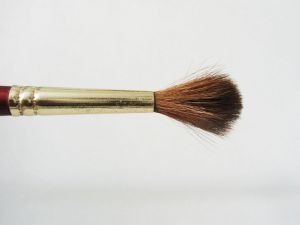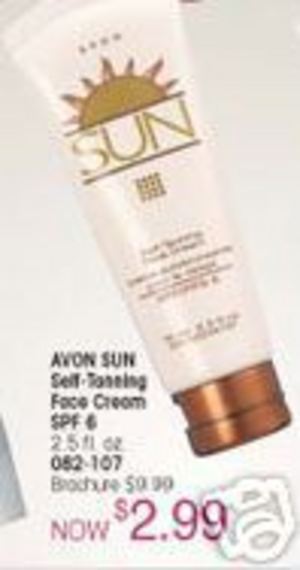My oldest daughter has always had some sensory integration issues, but according to her pediatrician, falls short of actual sensory integration disorder (SID for short). So when I heard about body brushing as a possible therapy for this condition, I decided to research it a bit more. Here is what I found out.
Body brushing was developed by a Stephen Clarke, and his work was based off of work done twenty years ago by two British men, David McGlown and Peter Blythe. The theory behind this type of body brushing is that Attention Deficit Disorder and Attention Deficit Hyperactive Disorder (ADD and ADHD) along with other developmental disorders and sensitivities are caused by a nervous system that is immature. This theory believes that these conditions are still exhibiting the Moro reflex and consequently have too much adrenaline in their bodies, causing hyperactivity, and concentration and memory problems.
The Moro reflex is the reflex in newborns that cause them to “startle”, throwing their arms in the air and dilating their pupils. This reflex is usually outgrown around 4-6 months, and becomes the adult startle reflex.
So the intent of body brushing therapy is to replicate movements or stimulus that should have stimulated the nervous system in infancy, allowing the adult reactions to be dominant.
Retained primitive responses and reflexes are at the heart of most learning disabilities and developmental delays that aren’t explained by other factors like chromosomal abnormalities and so on. Practitioners of brushing therapy say that this technique has a hugely powerful effect on almost anyone at any stage of life. But like most therapies, the most significant improvement is before adulthood. Even adults, according to the testimonials of happy clients, have experienced significant improvement in anxiety disorders, hyperactivity, and even workaholics, which is attributed once again to too much adrenaline due to immature reflexes.
Using a fine, delicate paintbrush you begin stroking the individual’s face and body. There are 25 stroking exercises designed to mimic the earliest touch reflexes. These strokes are also very soothing for newborn babies. This stroking is done for about 10 minutes per day by the parent or caretaker of the child. Usually the technique is taught in a 30 minute session. And most therapists using this type of body brushing recommend re-evaluations every 4 weeks or so.
Since this type of body brushing for stimulating immature primitive reflexes was begun in Britain, it appears as though most practitioners of this therapy are in the United Kingdom.
Body brushing in the United States has been used successfully to help autistic and other sensitive children using something called the Wilbarger Technique. Patricia Wilbarger, a MeD, OTR, FAOTA and internationally recognized expert in treating sensory defensiveness is credited with developing this technique.
Using the Wilbarger Brushing Technique, you use a soft surgical brush. This brush is made from plastic and will not scratch the skin. Using long, deep strokes with a medium firm pressure, you brush the child’s arms, legs and back. This should only take 5-7 minutes and is recommended to be done 2 or 3 times a day.
The Wilbarger Technique has been credited with allowing children with autism to experience and tolerate more sensory input from the world. Many children with autism or other sensory integration disorders have difficulty knowing where their body is in space; have overwhelming reactions to smells, tastes, and textures; and suffer almost excruciating pain from loud, unexpected or high pitched noises. The brushing technique calms and soothes the nervous system even as it prepares the nervous system to integrate more experiences.
Unfortunately, both types of brushing have anecdotal evidence of positive treatment results, but so far, scientific research hasn’t quite caught up. So it can be difficult to even learn about these types of body brushing for disorders. And most of the time, insurance won’t cover this type of therapy. Fortunately, both therapies were designed to be used by parents at home. And more occupational therapists, especially those experienced in working with autistic children, are familiar with the Wilbarger Technique in this country.





